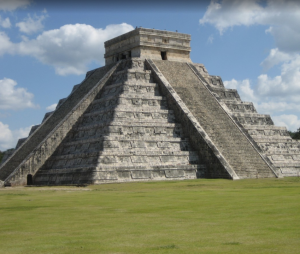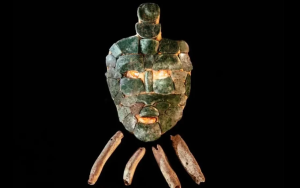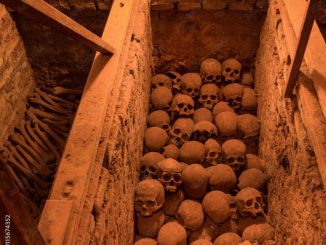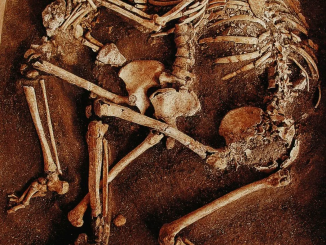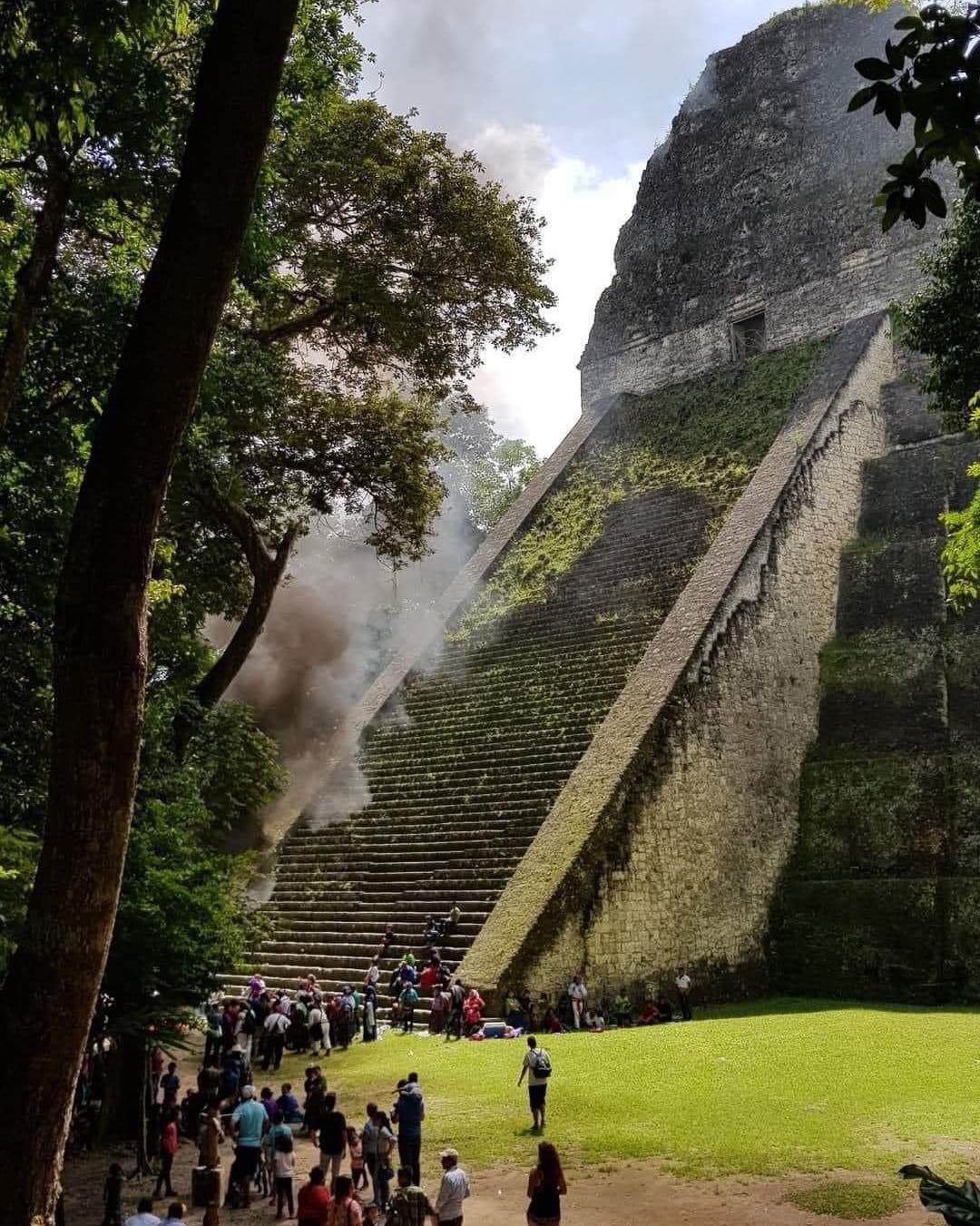
Nestled deep within the dense jungles of Northern Guatemala’s Petén Province lies a remarkable testament to the ancient Mayan civilization: Tikal National Park. This sprawling archaeological site, inhabited from the 6th century BC to the 10th century AD, offers visitors a glimpse into the grandeur and sophistication of Mayan culture. With its towering temples, majestic palaces, and sprawling public squares, Tikal is a treasure trove of archaeological wonders waiting to be explored.
Unveiling the Mysteries of Tikal National Park
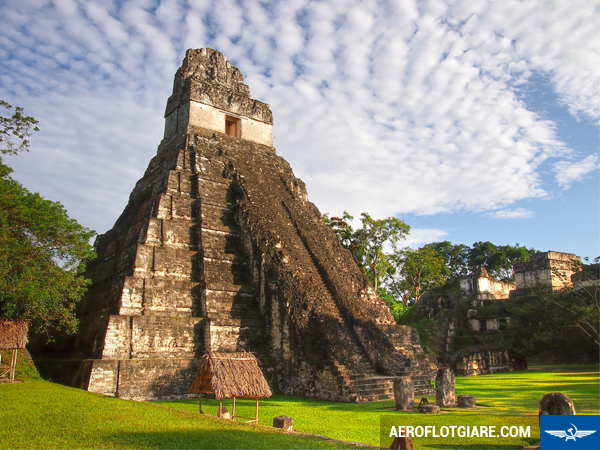
Tikal National Park is renowned for its magnificent ceremonial center, which serves as the focal point of the ancient city. Here, visitors can marvel at the towering temples and palaces that once formed the heart of Mayan religious and political life. The temples, adorned with intricate carvings and towering above the jungle canopy, are a testament to the architectural prowess of the Mayan civilization. Accessible by means of ramps, these structures offer a glimpse into the spiritual and ceremonial practices of the ancient Maya.
In addition to its ceremonial center, Tikal National Park is home to a wealth of archaeological treasures scattered throughout its lush surroundings. Remains of dwellings, once inhabited by the city’s elite and commoners alike, can be found nestled amidst the verdant vegetation. These humble abodes offer insight into the daily lives of the ancient Maya, from their social structure to their economic activities. Exploring the park’s extensive network of trails, visitors can immerse themselves in the rich history and natural beauty of this UNESCO World Heritage Site.
Tikal National Park’s significance extends beyond its archaeological riches. As part of the Maya Forest, the park plays a vital role in preserving the biodiversity of the region. Its dense vegetation provides habitat for a diverse array of plant and animal species, including howler monkeys, jaguars, and countless species of birds. By protecting Tikal and its surrounding wilderness, conservation efforts ensure that future generations can continue to marvel at its natural and cultural splendor.
Preserving a Legacy for Future Generations
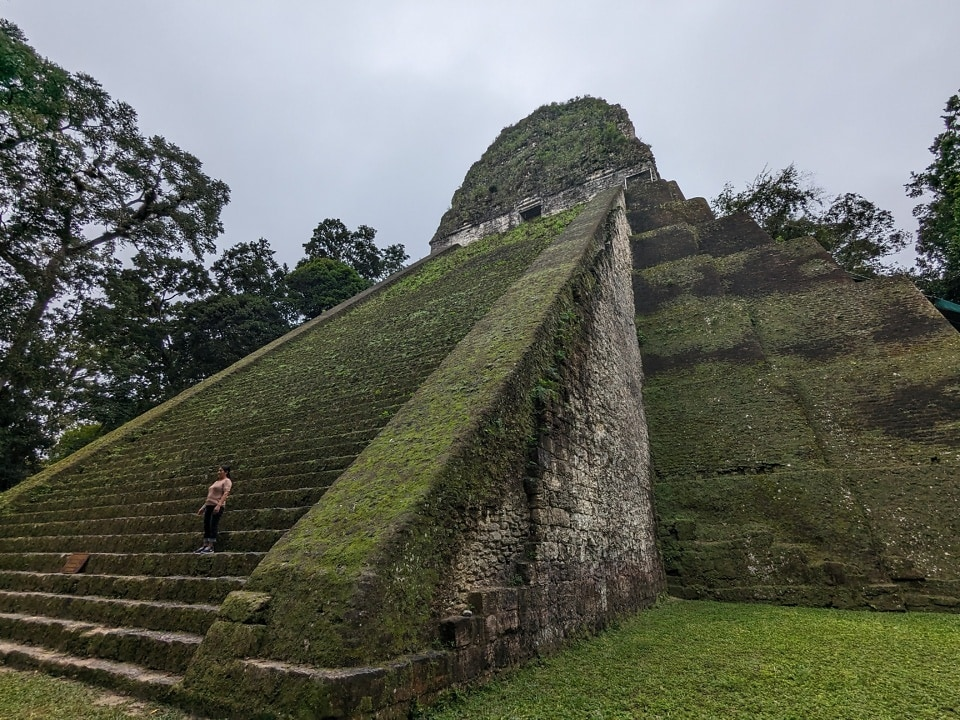
In conclusion, Tikal National Park stands as a testament to the enduring legacy of the ancient Maya civilization and the natural wonders of the Maya Forest. Its majestic temples, palaces, and public squares offer a window into the past, allowing visitors to connect with the rich history and culture of the Maya people. As we explore this archaeological marvel, let us also recognize the importance of preserving it for future generations. Through ongoing efforts in conservation and archaeology, we can ensure that Tikal National Park continues to inspire wonder and awe for centuries to come.
Unearthing the Past Through Archaeology
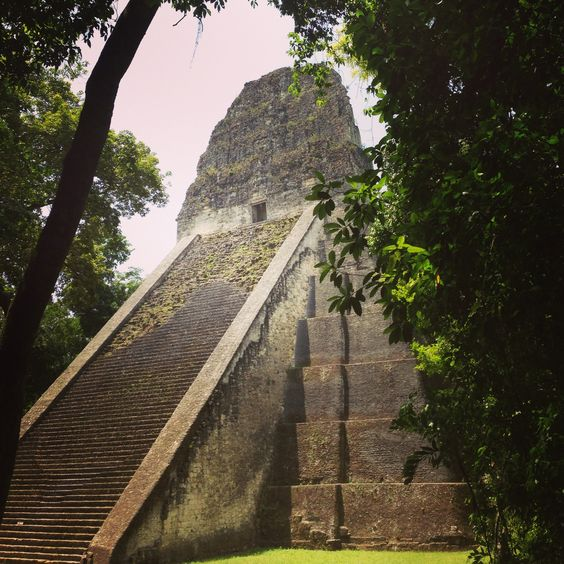
Archaeology plays a crucial role in uncovering the mysteries of ancient civilizations like the Maya and preserving their cultural heritage for future generations. Through careful excavation and analysis, archaeologists can piece together the story of Tikal and gain insight into the lives of its inhabitants. By studying sites like Tikal National Park, we deepen our understanding of the past and honor the achievements of those who came before us. As we continue to explore and protect archaeological sites around the world, we ensure that our shared human history remains alive and vibrant.

